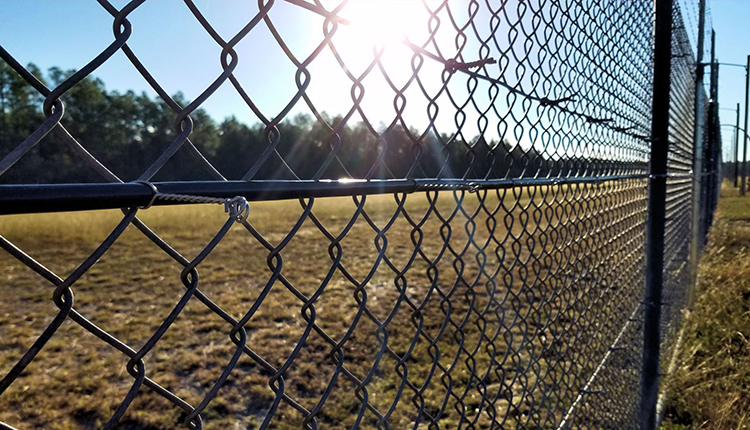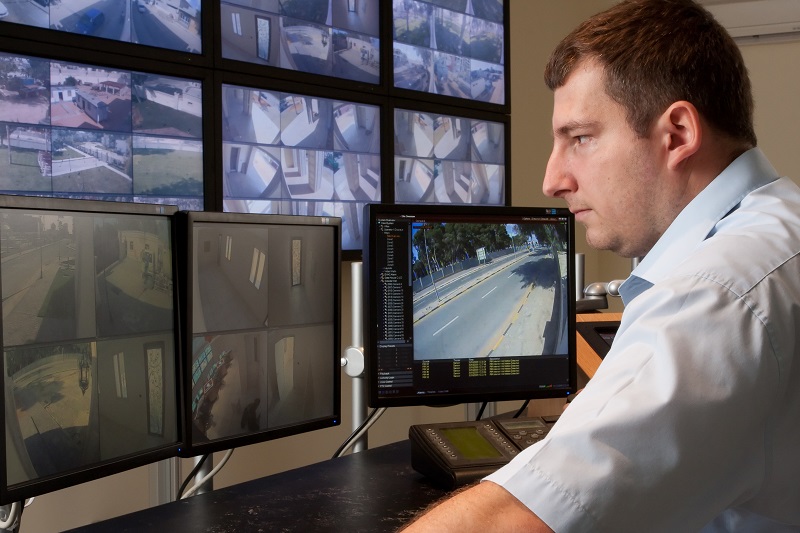Fiber Optic Security System: The Ultimate Solution for Your Business’s Security Needs
Fiber Optic Security System: The Ultimate Solution for Your Business’s Security Needs
Blog Article
Why Fiber Optic Safety And Security Systems Are the Future of Protection
The change to fiber optic safety systems marks a significant innovation in the realm of protection, driven by their phenomenal information transmission capabilities and strength to outside disturbances. These systems not only facilitate faster and extra trustworthy interaction but likewise present a cost-effective service with lowered maintenance requirements. As the landscape of safety and security advances together with arising modern technologies such as AI and IoT, the capacity for fiber optics to boost and redefine safety infrastructures ends up being significantly evident. The implications of these developments increase important inquiries about the future of safety and security procedures and their efficiency in an ever-changing setting.
Benefits of Fiber Optic Equipments
Among the key benefits of fiber optic systems is their remarkable bandwidth capacity, which facilitates the transmission of large quantities of information over cross countries without significant loss. This characteristic is specifically valuable for protection applications that need the constant monitoring and transfer of high-def video clip feeds, sensor data, and various other important info. Fiber optics can suit the expanding demands of modern-day protection systems, making sure that data continues to be undamaged and reputable.
Additionally, fiber optic wires are much less vulnerable to electromagnetic interference, which can be a substantial problem in atmospheres with numerous electronic tools. This resistance boosts the honesty of the information being transmitted, thereby lessening the risk of information breaches or system failures. Fiber optic systems are naturally much more safe and secure than standard copper cables, as tapping right into a fiber optic line without detection is extremely difficult.
The longevity of fiber optic cable televisions additionally adds to their charm. They are immune to environmental aspects such as dampness and temperature changes, lowering maintenance expenses and raising system longevity. Generally, these benefits placement fiber optic systems as a robust and effective option for modern-day safety and security frameworks, ensuring trustworthy and secure data transmission.
Improved Information Transmission Rate

The capability to transfer substantial amounts of data rapidly assists in the smooth integration of high-def video clip feeds and advanced analytics. Safety and security systems can now process and analyze info in real-time, boosting reaction times and situational understanding. Furthermore, fiber optic links support longer transmission ranges without destruction of signal high quality, making them excellent for large security networks.
The increased speed of fiber optic systems not only boosts the efficiency of security procedures yet additionally lowers latency. This is specifically vital in critical situations where prompt decision-making can protect against security violations or minimize possible hazards. As companies proceed to prioritize safety and efficiency, the demand for rapid and reliable information transmission will undoubtedly strengthen fiber optic systems as a keystone of modern-day safety facilities.
Resistance to Interference
Fiber optic security systems continually demonstrate remarkable resistance to electro-magnetic disturbance, an essential benefit in environments vulnerable to electronic noise. Unlike typical copper cords, which can be negatively influenced by electromagnetic areas, superhigh frequency interference, and various other forms of electric disturbance, fiber optic wires use light to transmit information. This inherent residential property guarantees that the signals continue to be clear try this site and unaltered, despite surrounding electronic activity.
Using glass or plastic fibers in fiber optic technology develops a barrier versus disturbance, enabling for reliable information transmission also in difficult circumstances such as industrial facilities, city locations with high digital traffic, or places near radio towers. This characteristic significantly minimizes the likelihood of signal deterioration or loss, making fiber optic systems specifically suitable for safety applications where honesty and accuracy of information are extremely important.
In addition, this resistance to disturbance enhances the total performance and dependability of protection systems, making sure that monitoring and alert systems function effortlessly. In a globe where security is progressively endangered by sophisticated technologies, the resilience of fiber optic systems stands apart as an essential function, enhancing their condition as an important part of modern-day protection framework.
Cost-Effectiveness In Time
Significant price savings can be attained with time with the implementation of fiber optic safety and security systems. While Homepage the preliminary investment may seem higher compared to conventional copper-based systems, the long-lasting financial benefits emerge via reduced functional and upkeep expenses (fiber security). Fiber optic cable televisions are inherently much more resilient and less at risk to ecological variables, which equates to reduce replacement and repair expenditures over their life-span
Additionally, fiber optic systems require much less power to operate, which additionally decreases power costs. Boosted data transmission abilities enable less repeaters and amplifiers, minimizing devices investment and enhancing installment processes. The scalability of these systems additionally contributes to cost-effectiveness, as companies can increase their safety and security framework without incurring substantial additional costs.
Another aspect to take into consideration is the enhanced performance in monitoring and feedback abilities that optical fiber supply. Enhanced real-time information transmission can result in quicker case response times, potentially mitigating losses and responsibilities related to safety breaches. In sum, the long-term advantages of fiber optic safety and security systems not only warrant the first expenditure but likewise place them as a monetarily prudent choice for organizations seeking robust protection services.

Future Advancements in Security
Advancing modern technologies are readied to reinvent protection systems, integrating synthetic knowledge (AI) try these out and artificial intelligence to improve hazard detection and reaction abilities. These technologies will certainly allow safety and security systems to examine substantial quantities of information in real-time, identifying patterns and anomalies that suggest prospective dangers. This aggressive strategy will certainly enable faster decision-making and much more efficient event actions.
Furthermore, the unification of the Net of Points (IoT) is leading the way for interconnected safety and security gadgets, using detailed monitoring and tracking. Smart sensing units can communicate info regarding environmental modifications, while automated notifies can notify safety and security personnel instantly of suspicious activities.
Moreover, the evolution of biometric modern technologies will certainly additionally boost safety and security mechanisms. Facial acknowledgment, finger print scanning, and retina identification are becoming more innovative, giving layers of verification that are challenging to bypass.
Conclusion
Finally, fiber optic protection systems stand for a considerable improvement in defense innovation, using unparalleled data transmission rate, resistance to electromagnetic disturbance, and lasting cost-effectiveness. As the need for advanced safety and security solutions proceeds to expand, the integration of optical fiber with arising modern technologies such as AI, IoT, and biometrics will certainly additionally boost safety and security frameworks (fiber security). The mix of these developments will guarantee an extra safe and receptive environment, solidifying optical fiber as a cornerstone of future safety and security systems
Report this page